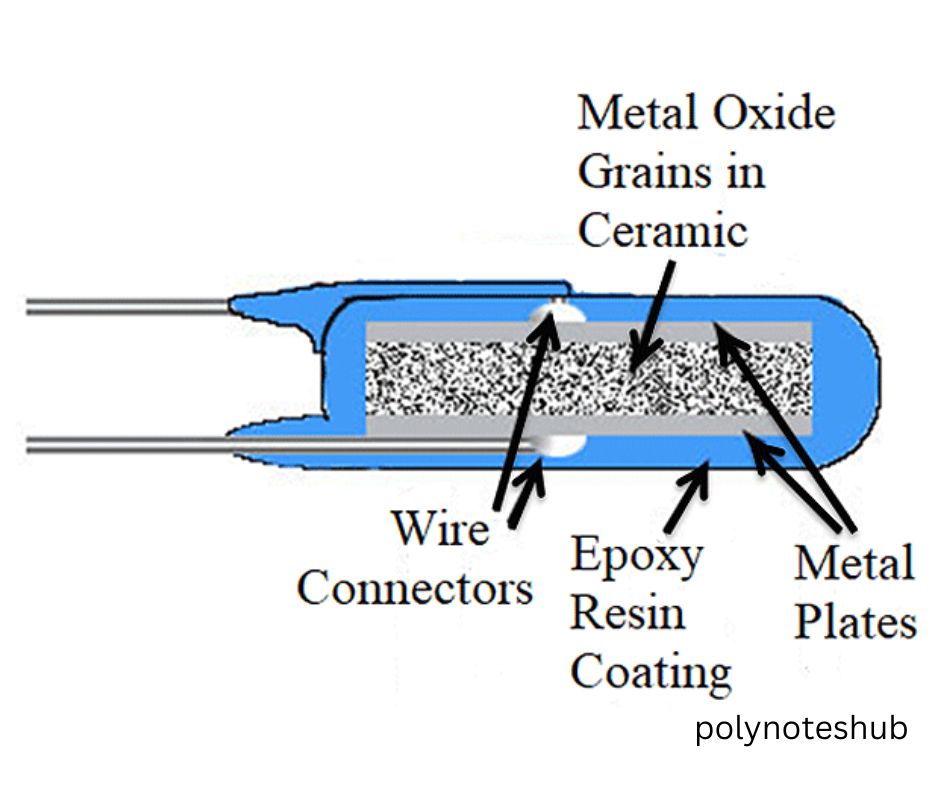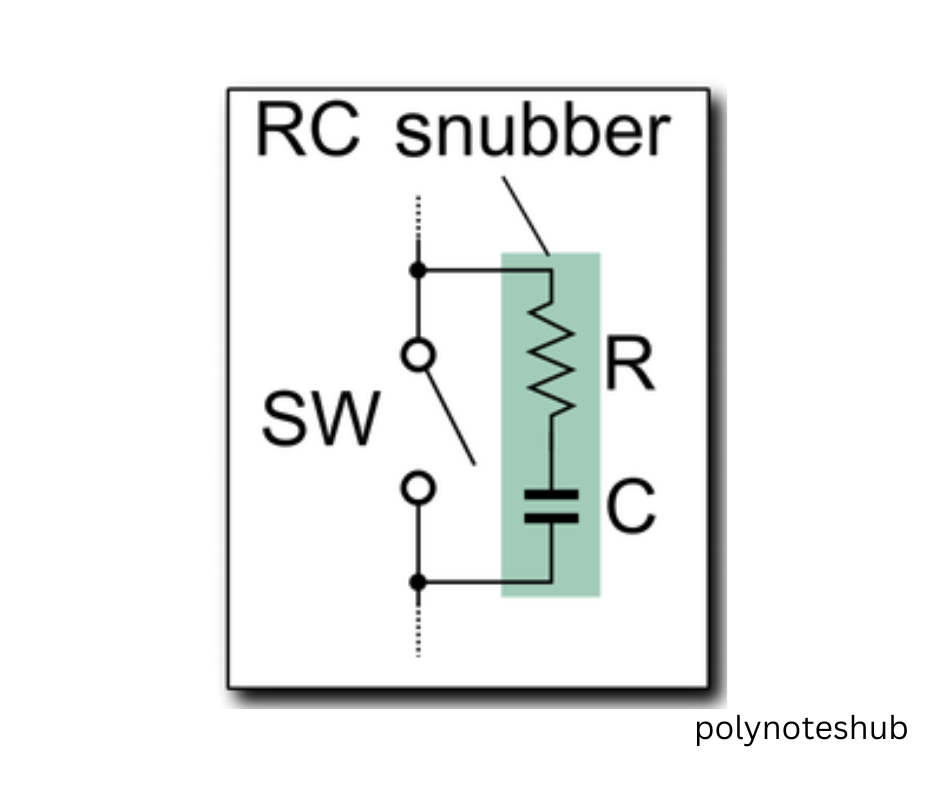Introduction
The protection of power semiconductor devices is very complicated. Power semiconductor devices are critical components used in a wide range of applications, from power supplies and motor drives to renewable energy systems and high-frequency switching circuits. These devices play a crucial role in controlling and converting electrical power, making them indispensable in modern electronics. However, as power semiconductor devices handle high currents and voltages, they are susceptible to damage from various factors such as overcurrent, overvoltage, and overheating. Therefore, ensuring the protection of power semiconductor devices is of paramount importance to maintain their performance, reliability, and longevity.
Challenges Faced by Power Semiconductor Devices
Power semiconductor devices face several challenges that can potentially lead to their failure or damage. Some of the primary challenges include:
- Overcurrent: Excessive current flowing through power semiconductor devices can cause them to overheat and, in extreme cases, lead to thermal runaway and permanent damage.
- Overvoltage: Higher-than-expected voltages can cause breakdowns and create voltage spikes that stress the device beyond its maximum ratings.
- Short Circuits: Faulty conditions or short circuits in the circuit can result in extremely high currents flowing through the device, leading to catastrophic failure.
- Temperature: Power semiconductor devices generate heat during operation. If not adequately dissipated, this heat can cause temperature rise, affecting device performance and reliability.
Strategies for Protection
To safeguard power semiconductor devices from potential threats, various protection strategies are implemented. Some of the common protection techniques include:
- Overcurrent Protection: Overcurrent protection circuits, such as fuses and current-limiting resistors, are employed to limit the current flowing through the device. In more advanced systems, electronic current sensors and feedback loops can be used to detect overcurrent conditions and trigger protective actions.
- Overvoltage Protection: Overvoltage protection circuits, like voltage clamping diodes and metal oxide varistors (MOVs), help prevent the voltage across the device from exceeding its safe operating limits. These protection devices shunt excessive voltage away from the semiconductor, ensuring its safety.
- Thermal Protection: To address temperature-related challenges, thermal protection measures are implemented. This can include heatsinks, temperature sensors, and thermal cutoffs that interrupt the circuit when the temperature exceeds a certain threshold.
- Short Circuit Protection: For protection against short circuits, fast-acting electronic switches, such as IGBTs or MOSFETs, can be used to disconnect the device from the power source in case of a short circuit event.
Some Protection Devices
MOV:
A Metal Oxide Varistor is a semiconductor device made from a combination of zinc oxide and other metal oxides. It is designed to have a high resistance under normal operating conditions. However, when subjected to a transient voltage spike or overvoltage, the MOV rapidly changes its resistance and becomes conductive, effectively clamping the voltage to a safe level.

Applications
MOV devices find widespread use in various industrial electronic applications where protection against voltage surges and transient events is essential. Some of the common applications of MOV in industrial electronics include:
- Power Supplies: MOVs are used in power supplies to protect sensitive components like rectifiers, capacitors, and integrated circuits from voltage spikes caused by lightning, switching transients, or other transient events on the power grid.
- Motor Control: In motor control circuits, MOVs are employed to safeguard motor drives and control units from voltage transients generated during motor starting and stopping operations.
- Industrial Automation: MOVs are utilized in industrial automation systems to protect PLCs (Programmable Logic Controllers), sensors, and other electronic control devices from voltage surges induced by inductive loads or electromagnetic interference.
- Lightning Protection: MOVs are an integral part of lightning protection systems for industrial facilities. They provide a cost-effective solution to divert lightning-induced surges away from sensitive equipment and prevent damage.
- Electronic Equipment: MOVs are commonly used in various electronic devices and equipment, including electronic meters, communication devices, and process control instruments, to provide overvoltage protection.
- Switchgear and Control Panels: MOVs are installed in switchgear and control panels to protect switches, relays, and other control elements from transient events that may occur in the power distribution network.
- Data Centers: In data centers and server rooms, MOVs are employed to safeguard critical computing equipment from voltage surges and transient events, ensuring uninterrupted data processing and storage operations.
- Industrial Lighting: MOVs are used to protect lighting fixtures, such as LED drivers and ballasts, from voltage spikes that may arise due to power disturbances or lightning strikes.
Snubber
A snubber is an electronic circuit or component used to suppress voltage spikes and reduce the rate of voltage rise (dv/dt) or current rise (di/dt) in power electronic devices or circuits. It is typically employed to protect sensitive components, such as power semiconductor devices like diodes and transistors, from voltage transients and to minimize the stress on the devices during switching operations.

Applications
Snubbers find various applications in industrial electronics, especially in circuits where power semiconductors are involved. Some common applications include:
- Switching Power Supplies: Snubbers are used in switching power supply circuits to reduce voltage spikes across switching elements and to minimize electromagnetic interference (EMI).
- Motor Control: In motor control circuits, snubbers are employed to protect power transistors or MOSFETs from voltage spikes that occur during rapid switching of the motor.
- Inductive Loads: Snubbers are used with inductive loads, such as solenoids and relays, to suppress voltage spikes induced by the inductive kickback when the load is de-energized.
- High-Frequency Converters: In high-frequency converters, snubbers are used to control the voltage or current rise time to prevent damage to power semiconductor devices and reduce switching losses.
- Inverters and Choppers: Snubbers are commonly used in inverters and chopper circuits to protect semiconductor switches and improve the efficiency of power conversion.
Conclusion
Protection of power semiconductor devices is a critical aspect of their successful operation and longevity. The challenges of overcurrent, overvoltage, temperature, and short circuits can potentially damage or destroy these vital components. However, through the implementation of effective protection strategies and advanced mechanisms, we can ensure the safety and reliability of power semiconductor devices. As technology continues to advance, the protection of power semiconductor devices will remain a fundamental consideration, enabling the seamless integration of these devices into modern electronics and power systems.

